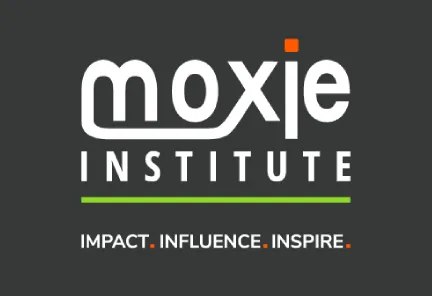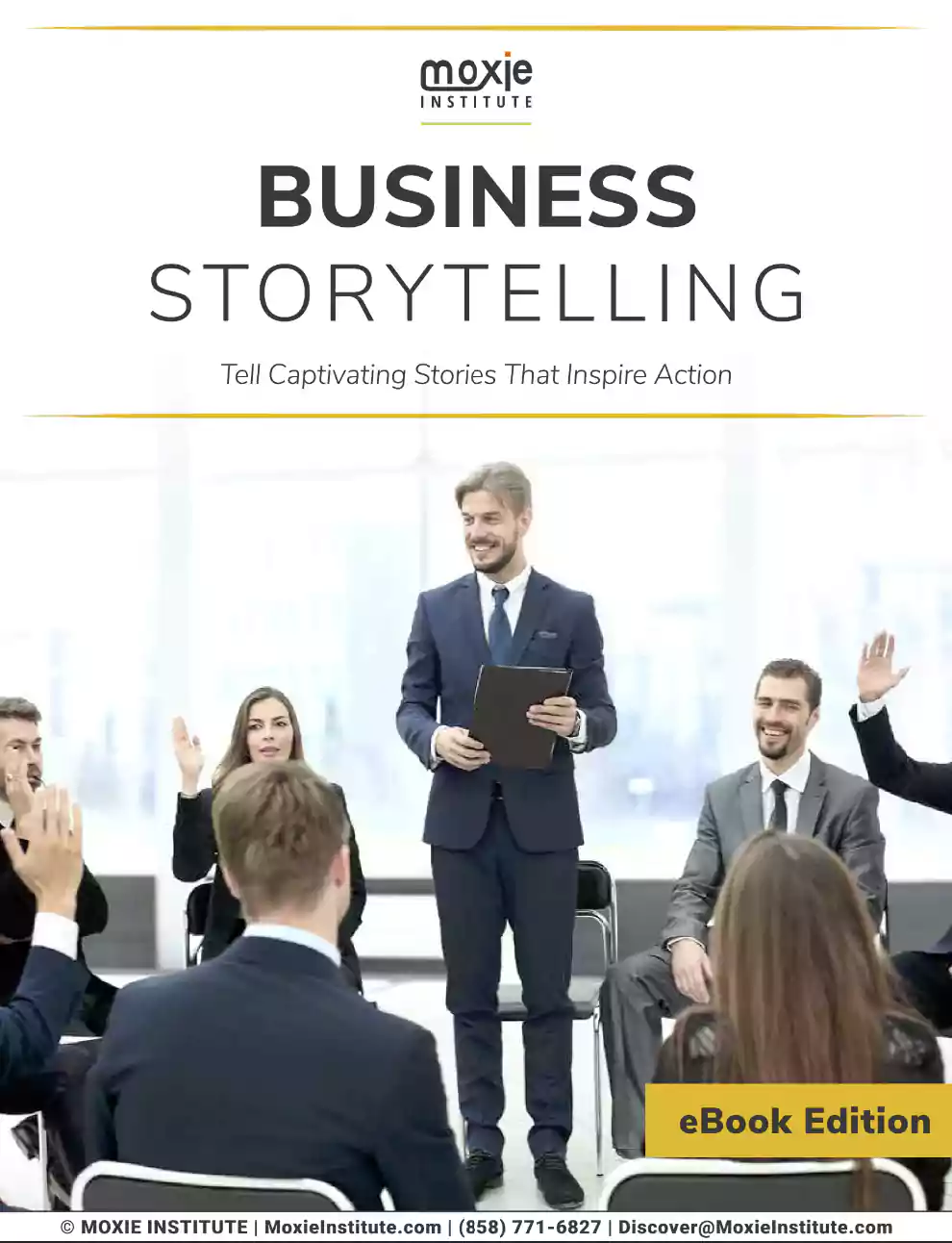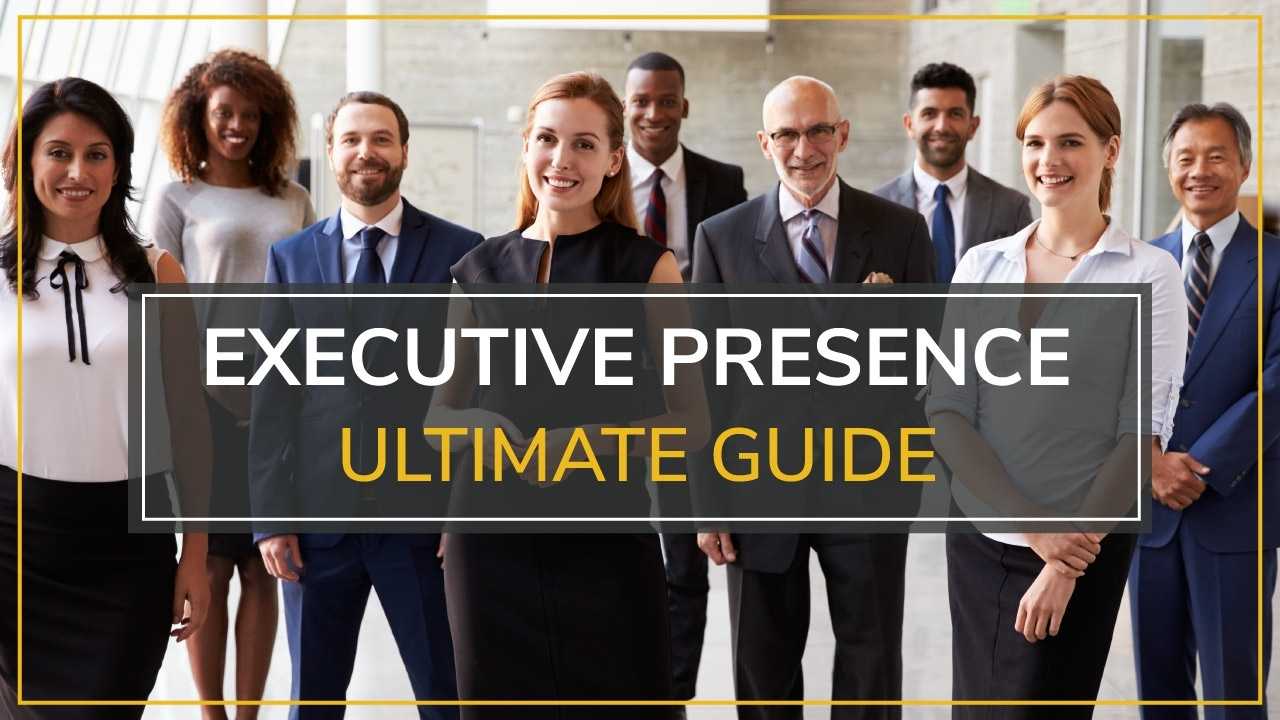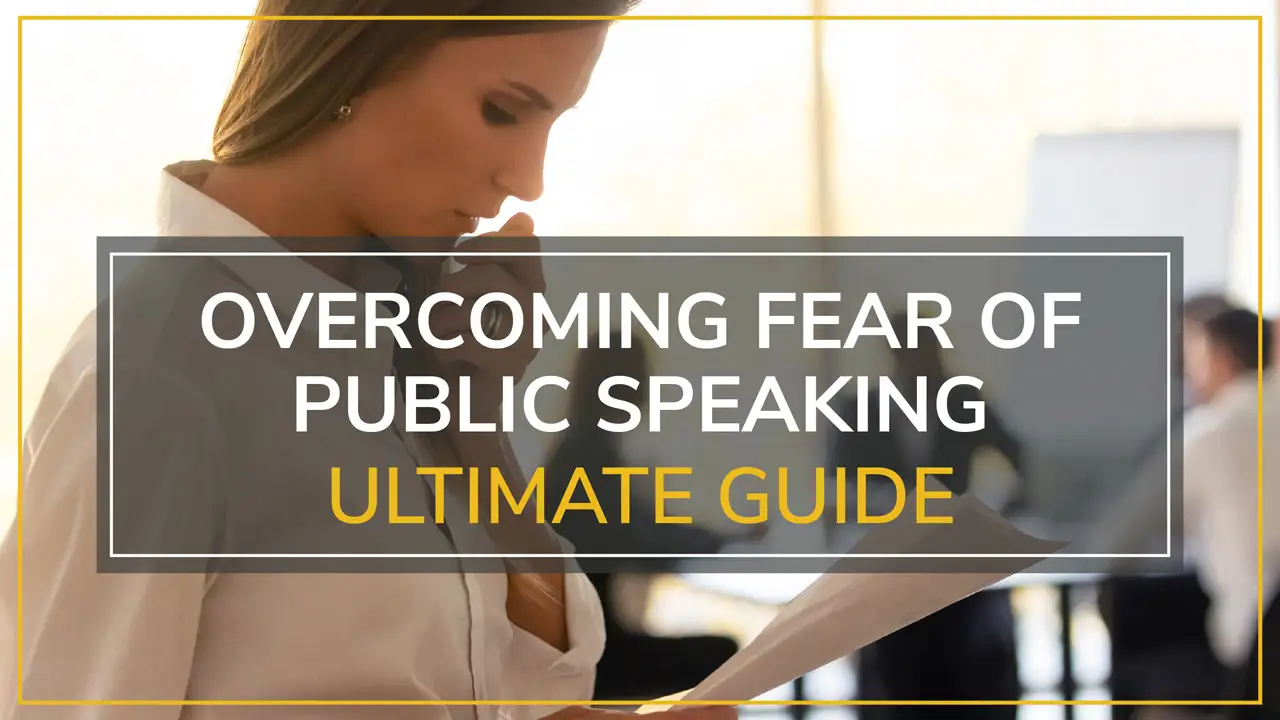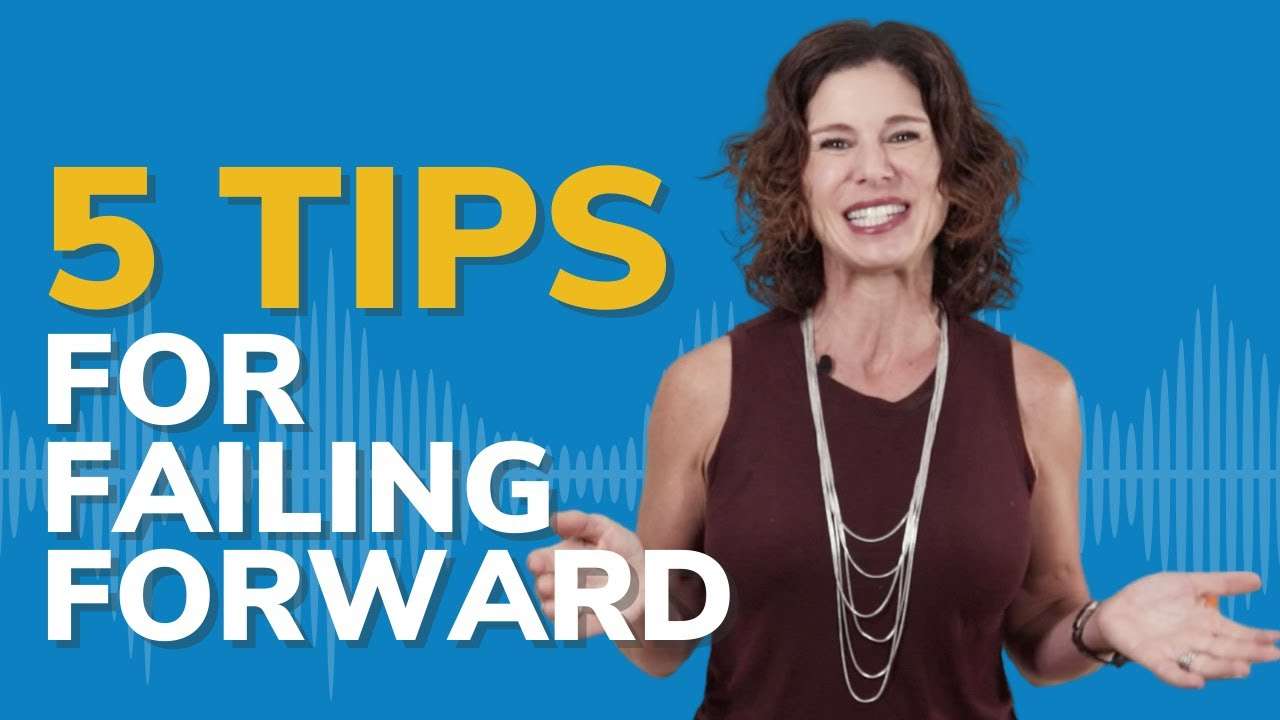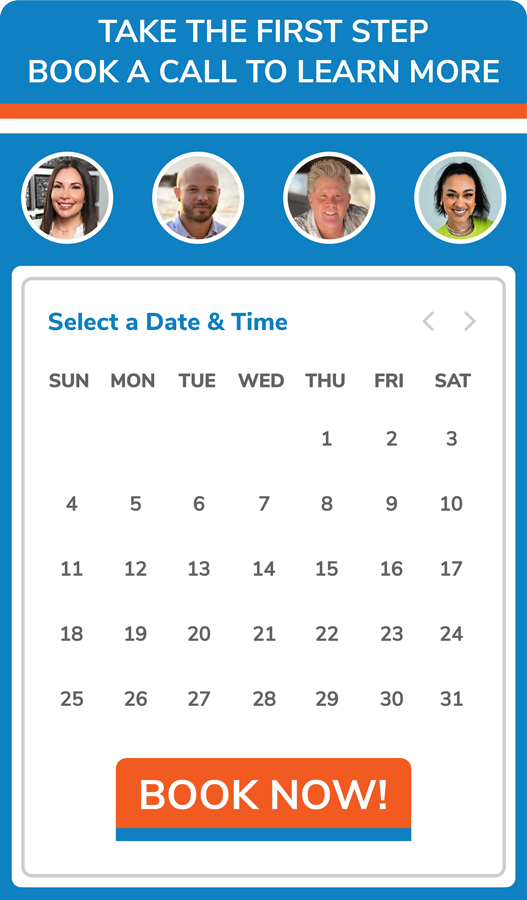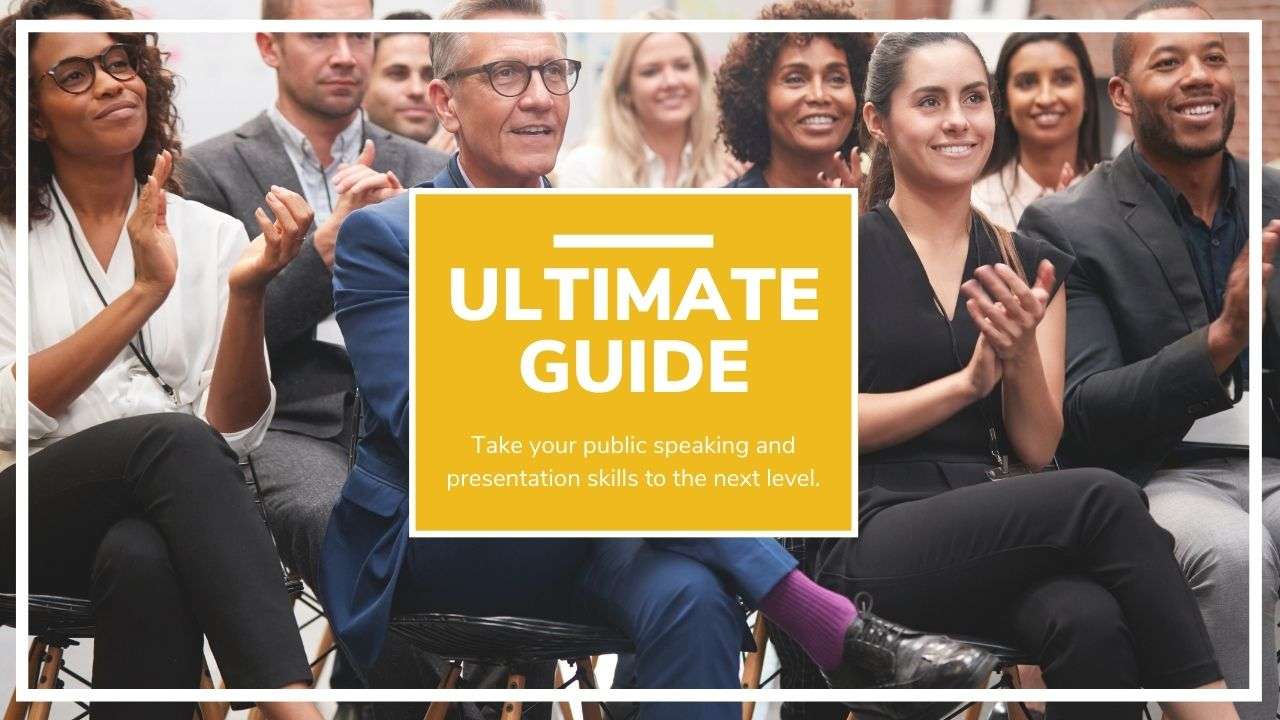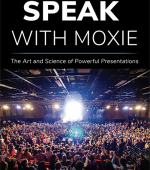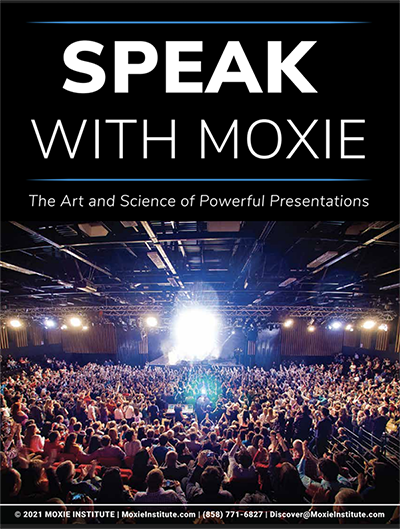We’ve all heard the age-old joke about the stranger asking a New Yorker, How do you get to Carnegie Hall? and the New Yorker replies, Practice! We all know that practice makes perfect, but you might not know why or how to do it.
Stay tuned for this Moxie Talk. We are going to unpack a rehearsal and practice strategy that works to build confidence, even when you’re quaking in your boots.
—
Table of Contents
ToggleHow To Memorize A Speech: Proven Rehearsal Strategies
Hi, everyone. I’m Fia Fasbinder, and welcome to Moxie Talk where we help you find your voice, share your message, and lead with confidence.
Today we are talking about practice—specifically how to practice for those high-stakes events where you’re increasingly nervous as the dates get closer and you’re wondering, ‘How do I build my confidence leading up to this event?’
Now, I know a thing or two about practicing for high-stakes events, not only as an actor back when I was in New York City but after helping hundreds of clients practice for boardroom meetings, executive briefings, keynotes, even Ted Talks. Talk about having to perform when the pressure’s on! Today, we’re going to talk about how you can practice.
—
Why Practice Is Important
Before we do that I want to start with why practice is important. The first thing to know about practice is that every time you practice, you build a neural pathway in your brain and that neural pathway gets bigger and bigger and bigger every time you practice. It’s basically a superhighway by the time you get up to present.
As opposed to if you don’t practice and you decide to wing it and that neural pathway is this skinny tiny dark alley road. Now, we’ve all had the experience where you’re late for an event and you’re going to drive there and Google Maps takes you in this direction that you’ve never been before and you know how anxious that makes you. Basically, that is what happens in your brain if you decide not to practice.
If you decide to practice, you drive down that superhighway that you drive every day. You’re familiar with the lights, the stops, the starts, the street signs—that is what’s happening in your brain. So practice literally builds our brain muscle.
Practice builds our brain muscle.
The other thing about practice—and maybe my favorite reason —is when you practice and then you get up to do this high-stakes event, it’s not the first time you’ve done it. It’s just the first time you’ve done it in front of that audience. It might be the 7th, 8th, 9th, 10th time you’ve actually run the presentation. It literally builds our confidence, especially in high-stakes situations.
Listen. Things can go wrong in presentations—things happen that we’re never expecting.
- An executive throws a question at you.
- Your technology doesn’t work.
- Somebody walks out of the room.
- Somebody asks you to stop the presentation.
The thing is, if you start to practice, none of this will derail you and you can even practice the Q&A. So practice really helps us stay on track.
Practice helps keep you on track.
The last thing I love about practice is you safely make the mistakes away from your stakeholders and away from your high-stakes audience. Who wants to find out some data is incorrect or you’re speaking too fast or your slide isn’t working in front of the audience?
It kind of goes to reason that you shouldn’t ever-ever, never-never-never-never leave the first time you’re going to present at this high-stakes presentation, be the first time you’ve ever run it.
Hopefully, I’ve built in some reasoning for you to practice and the why practice literally makes perfect.
—
How To Practice
Let’s talk about how you practice because I hear over and over and over from clients I don’t know how to practice. Now, as an actor, we learn a thing or two about practice because we practice sometimes for up to six weeks before any presentation, before any performance.
The way an actor or performer practices is what we call a layered rehearsal strategy and this is an easy way to layer in the different elements that you need to give a confident presentation or a confident performance.
I’m going to unpack those layers for you now so that you can use them for your presentation—and again—especially in a high-stakes presentation.
The key is to think about layering these skills and the first skill you need to layer is: How is my content?
The first thing you’re going to do is what we call Editing on your feet.
Which means you are going to say the content of your presentation aloud. You must say it aloud because you have no idea what it sounds like until you say it aloud. You are not going to say this to yourself.
When you say it aloud, you’ll hear all sorts of things about getting too stuck in the weeds or not having a great opening or you need a better call to action. Make sure you say it aloud.
I know a lot of people don’t like to do this, but if this is the first time you’re presenting this content, make sure to Get feedback on the content.
Make sure to get the feedback now before you get too far into the practice schedule and it’s the night before the presentation and somebody overhauls your content. There’s nothing like eroding our confidence when that happens. Make sure you get the feedback early on the content—if it’s new content and if it’s high-stakes.
After you have edited on your feed, you’ve gotten the feedback on your content, you’ve made the changes to your content, now it is time to close the book on anything to do with content.
I know for you perfectionists out there, this is really difficult to do, you want to keep revising and editing to the 11th hour but truly you shoot yourself in the foot if you don’t ever get on your feet and rehearse.
Now any of you that have watched these videos before, know that I love to quote the Murabian study. I’m not going to quote it again, you can watch another video if you want.
If you’ve watched these videos you know the importance of making a good impression through our body language and through our voices.
I recommend to clients a 40/60 split with their time for rehearsal.
40/60 split of rehearsal time
This means 40% of their time spent on practicing revising and perfecting the content and 60% of the time rehearsing that content. This is why it’s really important to close the chapter on content creation early and then get on your feet and rehearse your delivery.
Now we’re going to layer these skills too. The first time you rehearse it, I literally want you just to think about your voice:
- Am I going too fast?
- Am I projecting my voice?
- Am I going into a head register?
- Is my voice quivering?
- Am I using vocal fry?
- Is it trailing off?
Everything to do with how your voice amplifies your message of confidence in this presentation.
If you want to really know how you’re doing, I recommend starting a Zoom or Microsoft Team on any of your video platforms and record yourself. Then turn off the video and just listen to the sound of your voice.
Listen this way so you know that you are making a confident first impression with everything to do with your voice and speech. All right that layer’s done.
Body Language
We’re moving on to body language now. You can imagine if we’re layering skills what I’m going to tell you now. Here, we’re only going to work on our body language.
In-Person Presentation
If you are giving an in-person presentation (which not many of us are doing right now but if you are) really rehearse:
- Where you’re going to move in that board room, on that stage, in that conference room?
- How are you going to use the space to engage your audience and show confidence?
Practice at the location of your presentation/talk.
Virtual Presentation
If it is a virtual presentation make sure you are making eye contact with the camera, you are using hand gestures, you are using presentation power pose, and standing or sitting tall for confidence.
Everything to do with your body and to give yourself feedback on this, again—watch that video but this time turn off the sound and just watch your body and make any adjustments that you need to make sure you’re displaying confidence.
Add in technology
Now it’s time to add in any technology you’re going to use. If you’re working with a PowerPoint or visual aids, bring them in now. Rehearse again, making sure you’re bringing in all of those elements so we’re getting as close to the real thing as possible. This includes if you’re using external mics, external cameras, lights. Set them up as if it’s the real thing, and really practice as close to the real scenario as possible. This is where your confidence gonna come.
Getting feedback on the delivery
Last but not least is getting feedback on the delivery. You can ask somebody close to you—a spouse, a trusted advisor, a work colleague, a friend—to watch your presentation and give you some comments on the delivery.
Do a dry run
The last steps which nobody likes to do as far as feedback is:
If this presentation is important enough that you must nail it, that failure is not an option, I highly recommend you invite an audience and you do a dry run or a mock presentation before you go into that high stakes situation. I guarantee it will help you desensitize. It helps get out the jitters.
I’ve heard lots of stories about people that we think are famous now doing this. Susan Kane who gave her TED Talk on introverts, literally brought a couch on stage, invited her closest friends, and ran her presentation, and asked for feedback prior to doing her world-famous Ted Talk.
There you go. Those are the stages of a layered rehearsal strategy. So we’re really layering these skills so they don’t get overwhelming.
—
Rehearsing The Nerves Away
Let’s talk a little bit about that idea of not getting overwhelming. We all hear about this idea of BHAG right?
Big Audacious Hairy Goals.
I’m gonna say that if the stakes are high and you’re already nervous about this presentation, let go of this big audacious hairy goal idea.
Let go of this big audacious goal idea.
Here’s why. Your big audacious hairy goal might be to give a confident presentation, to nail the job interview, to wow! the executive team, to make a sale, right that is your big goal.
But if you go all out and say ‘I’ve got this big goal, I’m going to rehearse everything at once and I’m going to rehearse it 10 times a day,’ what happens is your brain goes into fight or flight.
It like literally shuts down it’s like, Agh, too much! Too much! Too much!
Then we do all sorts of things like procrastinate—You know we’re never gonna get it anyways—we start to catastrophize, put it off as long as possible. We tell ourselves, Why go off to this? We’re just going to fail!
The reason this is happening in your brain literally craves safety.
In our cave men and women days our brains liked safety, we liked the familiar, we liked to know what’s going to happen, we liked to know what was behind that tree to make sure it wasn’t something that’s going to kill us. Life was very dangerous back then and safety is how we’ve survived this long.
Nevertheless, safety isn’t necessarily how we grow as human beings, how we push ourselves to big audacious hairy goals. So we’re going to take a back road to meet those big audacious hairy goals and instead of doing everything at once, we are going to take baby steps.
Take baby steps
If you break down the rehearsal strategy, those are baby steps and that will make sure that your brain doesn’t go into fight or flight and doesn’t start to shoot you in the foot so you don’t even go after this goal.
Now if those layered rehearsal strategy steps—even those are sending you into fight or flight—chunk it down even more. Ask yourself, What are the steps that are so small that I can do that I cannot fail?
Because small successes and small achievements will eventually lead to you having the successful experience on these big audacious hairy goals.
It’s about iterating, it’s about going slowly, it’s about showing up and day after day after day putting in the work and putting in the practice to take those steps towards that goal.
I recently listened to an astronaut interview with one of the astronauts who was one of the first men on the moon. He was talking about (talk about high-stakes, I mean, riding a rocket ship up to the moon) and a lot of us have heard the stories about the American astronauts working with the Russian team.
So not only were they, you know, responsible for making sure they didn’t blow up a rocket ship, but also doing this with a Russian team.
When the interviewer asked him if this was scary he said, “No! because I had been preparing for 20 years.” We had chunked down the process of manning the rocket ship, speaking Russian, working with the Russian team for 20 years. Everything from astrophysics to the machinery in the rocket ship to learning Russian, to safety control—20 years to prepare to go up in space.
Obviously, we are not flying rocket ships but I know it feels that high-stakes sometimes in a presentation, so we’ve got to chunk it down.
Sometimes, to clients, I will recommend what I call J5M (Just 5 More). If you’re feeling like you want to give up, you don’t want to do this anymore, you’re starting to let your imposter syndrome or your fear of failure or your catastrophizing shut you down from going towards this goal, then I recommend you use the J5M strategy.
J5M is Just five more.
Ask yourself:
- Can I do five more minutes?
- Can I do five more reps?
- Can I do five more steps of this practice?
So you chunk it down to whatever you need to chunk it down to do five more so it becomes less scary, you’re not starting to short circuit and stop yourself from working towards something that you know is so important for your growth. One step closer every time.
The thing about performing and presenting is it’s a lot of it is becoming comfortable with the uncomfortable. There is nothing comfortable about getting in front of an audience—there isn’t. Especially when your promotion relies on it, your sale relies on it, your social media relies on it, your keynoting success relies on it.
It is uncomfortable.
By chunking down the way we practice and showing up every day and truly making this a practice—something we do every day to continue to iterate, to continue to improve—I guarantee this is going to ensure your confidence.
It’s figure-outable. There’s no way it can’t work. Think about anything you’ve done in your life that you’ve practiced over and over and over and how that helps you get better.
That why should be so important—that reason to do the presentation should be so important—that not doing it will be way worse than going through this somewhat tedious, somewhat tiring, very long rehearsal process.
I hope that this helps you go out with confidence. Stay true to your goals, go after those BHAGs, but do it in baby steps.
If you liked this blog make sure to share it with a friend somebody that might benefit from a rehearsal strategy, subscribe to our newsletter and YouTube channel.
For more information on everything from soup-to-nuts presentations, check out our other blogs and videos about everything from how you come up with an idea for your presentation all the way to How To Start A Speech Like A TED Talk—it’s all there.
If you want more information about how Moxie can help you master public speaking then check out our Public speaking page or book a call
